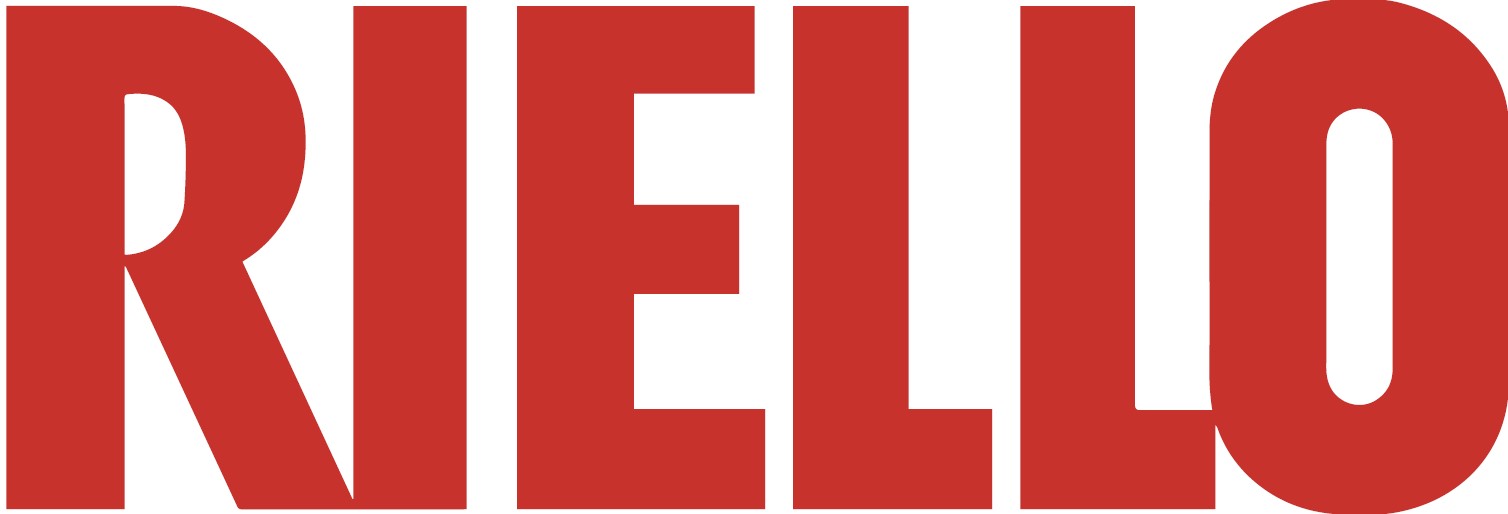1. Introduction: From Historical Symbols to Contemporary Cultural Markers
Symbols of power have long served as visual representations of authority, identity, and societal values. From the grand banners of ancient dynasties to the emblems of modern sports teams, these symbols encapsulate collective aspirations and historical narratives. Understanding their evolution offers insight into how societies construct and communicate their identities across eras. As explored in The Symbols of Power: From Dynasties to Modern Games, these symbols are not static; they adapt, reinterpret, and sometimes subvert traditional meanings to serve contemporary cultural contexts.
Contents
- The Role of Power Symbols in Shaping Modern Cultural Identity
- Commercialization and Reinterpretation of Power Symbols in Media and Consumer Culture
- Power Symbols in Social Movements and Identity Politics
- Digital Age and the Transformation of Power Symbols
- Non-Obvious Aspects: Subversion and Rebellion Through Symbols
- Ethical Considerations and Cultural Sensitivity in Using Power Symbols
- Returning to Historical Roots: Connecting Modern Symbols to Ancient Power Signifiers
- Conclusion
2. The Role of Power Symbols in Shaping Modern Cultural Identity
Symbols continue to be pivotal in forging national and social cohesion in the contemporary world. National flags, emblems, and insignias serve as rallying points that evoke shared history, values, and aspirations. For instance, the Stars and Stripes in the United States encapsulate ideals of freedom and democracy, while the Union Jack symbolizes historical unity in the UK. These symbols foster a sense of belonging, especially during times of crisis or celebration. Psychological research indicates that such symbols activate neural pathways associated with group identity, reinforcing loyalty and collective pride.
A notable case is the Olympic flag, which embodies ideals of international unity and fair play, transcending political differences. Similarly, the use of regional symbols, like the Mapuche flag in Chile or the Basque lauburu in Spain, underscores local identities within broader national frameworks. These symbols influence individual perceptions of belonging and contribute to the ongoing process of cultural self-definition.
3. Commercialization and Reinterpretation of Power Symbols in Media and Consumer Culture
In today’s media-saturated environment, brands and entertainment industries frequently recontextualize traditional symbols to influence consumer perceptions. For example, corporate logos often borrow elements from national or historical symbols to evoke trust and familiarity. The Nike swoosh, inspired by the wings of the Greek goddess Nike, symbolizes victory and achievement, aligning marketing with powerful cultural narratives.
This blending of traditional symbols with commercial interests raises questions about authenticity. The line between cultural reverence and commodification becomes blurred, sometimes diluting the original significance of symbols. For instance, fashion brands adopting indigenous motifs risk cultural appropriation, which can lead to misrepresentation and loss of context.
Research shows that such reinterpretations can both positively promote cultural awareness and negatively undermine authentic cultural expressions. The challenge lies in balancing commercial appeal with respect for cultural origins, avoiding superficial or exploitative usage.
4. Power Symbols in Social Movements and Identity Politics
Historical symbols often experience renewed relevance in social activism. The raised fist, for example, has been a powerful emblem of resistance and solidarity across movements such as civil rights, anti-colonial struggles, and contemporary protests like Black Lives Matter.
Similarly, the rainbow flag has become a universal sign of LGBTQ+ pride and rights, transforming an existing symbol into a rallying point for marginalized communities seeking recognition and equality. These symbols serve as visual shorthand, galvanizing collective action and fostering a sense of shared purpose.
However, the duality of symbols must be acknowledged; they can be empowering for some while divisive for others. For example, the Confederate flag remains a contested symbol, representing heritage for some but racism for others. This illustrates how symbols can have complex, layered meanings depending on context and perspective.
5. Digital Age and the Transformation of Power Symbols
The advent of digital communication has introduced new forms of symbols—emojis, memes, and virtual icons—that shape modern identities rapidly and globally. Emojis like the rainbow or pride flag have become everyday symbols of identity and support, transcending language barriers.
Social media platforms accelerate the dissemination and reinterpretation of these symbols, allowing users to participate in cultural conversations instantaneously. Memes, in particular, exemplify how symbols can be subverted or repurposed humorously or critically, contributing to social commentary.
Nonetheless, digital symbols pose challenges of authenticity and cultural appropriation. The rapid spread can lead to superficial adoption or misinterpretation of symbols’ meanings, sometimes stripping them of their historical context or reducing complex identities to simple icons.
6. Non-Obvious Aspects: Subversion and Rebellion Through Symbols
Marginalized communities often subvert dominant symbols to reclaim their narratives. An example is the pink triangle, originally used by Nazis to identify homosexual prisoners, which has been transformed into a symbol of LGBTQ+ pride and resistance.
Contemporary art and fashion frequently experiment with subversion. Artists like Banksy employ iconic symbols to critique societal norms, while online communities reappropriate symbols like the pirate flag to challenge authority and promote digital freedom. Such reinterpretations empower groups to contest mainstream narratives and assert their cultural identities.
This process of symbolic resistance demonstrates the fluidity of cultural meanings, emphasizing that symbols are not fixed but are continually reshaped by those seeking to challenge or redefine societal structures.
7. Ethical Considerations and Cultural Sensitivity in Using Power Symbols
Adopting or displaying symbols carries ethical responsibilities. Cultural appropriation, where symbols are taken out of context without understanding their significance, can cause offense or perpetuate stereotypes. For example, wearing Native American headdresses as fashion accessories ignores their sacred meaning and cultural importance.
Respectful engagement requires understanding the origins and significance of symbols, consulting communities, and promoting authentic representations. Educating oneself about the history and current debates surrounding symbols fosters a more inclusive and sensitive approach.
Promoting cultural sensitivity helps prevent misappropriation and encourages a genuine appreciation of diverse identities. It also enriches the collective cultural discourse by respecting the symbolic power embedded in these signs of identity.
8. Returning to Historical Roots: Connecting Modern Symbols to Ancient Power Signifiers
Many contemporary symbols trace their origins to ancient power signifiers. The laurel wreath, once a symbol of victory in Ancient Greece and Rome, now appears in modern logos and awards, symbolizing achievement and excellence.
Similarly, the double-headed eagle, used by Byzantium and other empires, persists in national emblems like Russia’s coat of arms, linking modern identity to historical grandeur. Such continuity demonstrates how ancient symbols inform and legitimize contemporary cultural narratives.
While some symbols have evolved significantly, others have diverged, adapting to new contexts or acquiring different meanings. This dynamic interplay underscores the enduring legacy of historical symbols in shaping modern identities and cultural expressions.
9. Conclusion: The Interplay Between Historical Power Symbols and Modern Cultural Identity
The journey from ancient dynasties to digital emojis illustrates the profound influence of symbols of power on human societies. They serve as anchors of identity, tools for unity, and instruments of resistance. As societies evolve, so do the meanings and functions of these symbols, reflecting shifting cultural landscapes and values.
Understanding the complex layers of symbolism—its history, reinterpretation, and ethical dimensions—enables a deeper appreciation of how cultural identities are constructed and communicated. The enduring power of symbols lies in their ability to adapt and resonate across time, linking the legacy of dynasties to the vibrant, diverse expressions of today’s globalized world.
By exploring these facets, we gain insight into the ongoing transformation of cultural symbols and their vital role in shaping individual and collective identities in our modern society.




